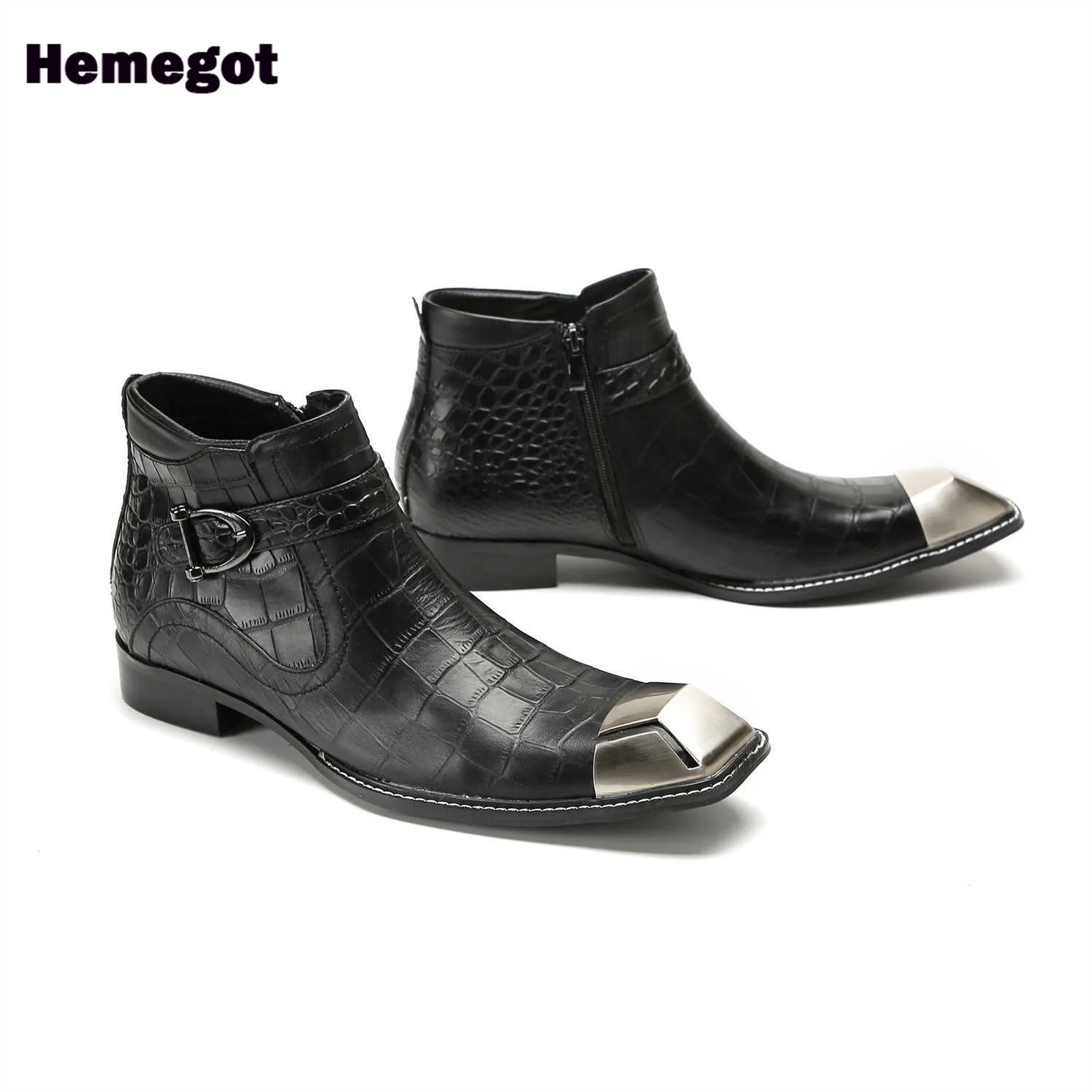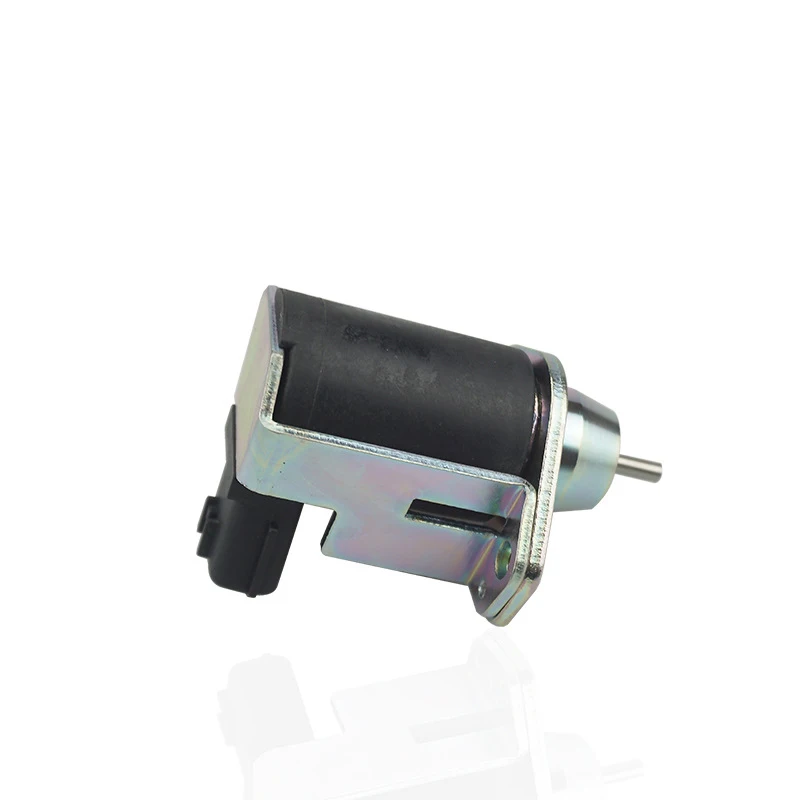
Grommet Top Sheer Bird on Branches Burnout Window Curtain(Only 1 Pc Panel)Window Curtain
Price: USD 93.52 - USD 187.04Category: Home Textile
Shop now and enjoy exclusive discounts! Grommet Top Sheer Bird on Branches Burnout Window Curtain(Only 1 Pc Panel)Window Curtain. Experience the quality Home Textile!

Fashion casual luxury natural genuine leather women's shoulder crossbody bag organizer designer real cowhide small handbag
Price: USD 103.05 - USD 187.37Category: Women's Handbags
Shop now and enjoy exclusive discounts! Fashion casual luxury natural genuine leather women's shoulder crossbody bag organizer designer real cowhide small handbag. Experience the quality Women's Handbags!

Metal Square Toe Men's Boots Black Patent Leather High-Top Stylish Side Zipper Men Boots Big Size 37-47 Botas Zapatillas Mujer
Price: USD 93.64 - USD 187.28Category: Men's Shoes
Shop now and enjoy exclusive discounts! Metal Square Toe Men's Boots Black Patent Leather High-Top Stylish Side Zipper Men Boots Big Size 37-47 Botas Zapatillas Mujer. Experience the quality Men's Shoes!

TR80SD 0C8 Transmission Gearbox Solenoid valve 0C8325039 For 2010-2015 11 12 13 14 AUDI Q7 TDI 2007-UP VOLKSWAGEN
Price: USD 144.13 - USD 187.18Category: Chassis Parts
Shop now and enjoy exclusive discounts! TR80SD 0C8 Transmission Gearbox Solenoid valve 0C8325039 For 2010-2015 11 12 13 14 AUDI Q7 TDI 2007-UP VOLKSWAGEN. Experience the quality Chassis Parts!

North Star Time Mechanical Clock European Metal Gear Table Clock Copper Movement Ideas Manual Computer Desk Watch Ornament Gift
Price: USD 93.31 - USD 186.62Category: Home Decor
Shop now and enjoy exclusive discounts! North Star Time Mechanical Clock European Metal Gear Table Clock Copper Movement Ideas Manual Computer Desk Watch Ornament Gift. Experience the quality Home Decor!

Engine Stop Solenoid 1503ES-3TNA72 Fuel Shut Off Solenoid
Price: USD 112.06 - USD 186.76Category: Electrical Equipment & Supplies
Shop now and enjoy exclusive discounts! Engine Stop Solenoid 1503ES-3TNA72 Fuel Shut Off Solenoid. Experience the quality Electrical Equipment & Supplies!

Elegant Light Green Mermaid Evening Dresses Strapless Saudi Arabia Long Prom Party Dress Women Floor Formal Wedding Guest Gowns
Price: USD 76.69 - USD 187.04Category: Special Occasion Dresses
Shop now and enjoy exclusive discounts! Elegant Light Green Mermaid Evening Dresses Strapless Saudi Arabia Long Prom Party Dress Women Floor Formal Wedding Guest Gowns. Experience the quality Special Occasion Dresses!

Transverse roof rack cross bar luggage rail for Nissan Murano 2015-2025,Thicken design,full aluminium alloy,very strong
Price: USD 125.29 - USD 187.00Category: Exterior Parts
Shop now and enjoy exclusive discounts! Transverse roof rack cross bar luggage rail for Nissan Murano 2015-2025,Thicken design,full aluminium alloy,very strong. Experience the quality Exterior Parts!
